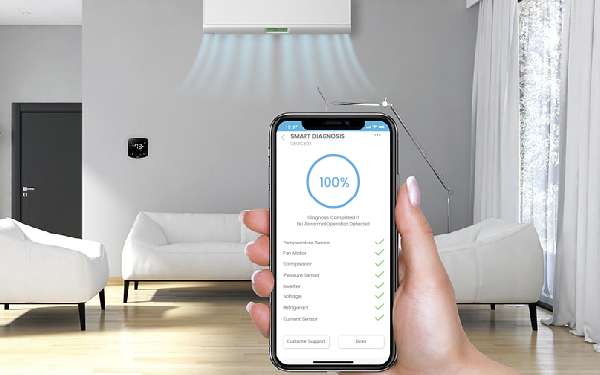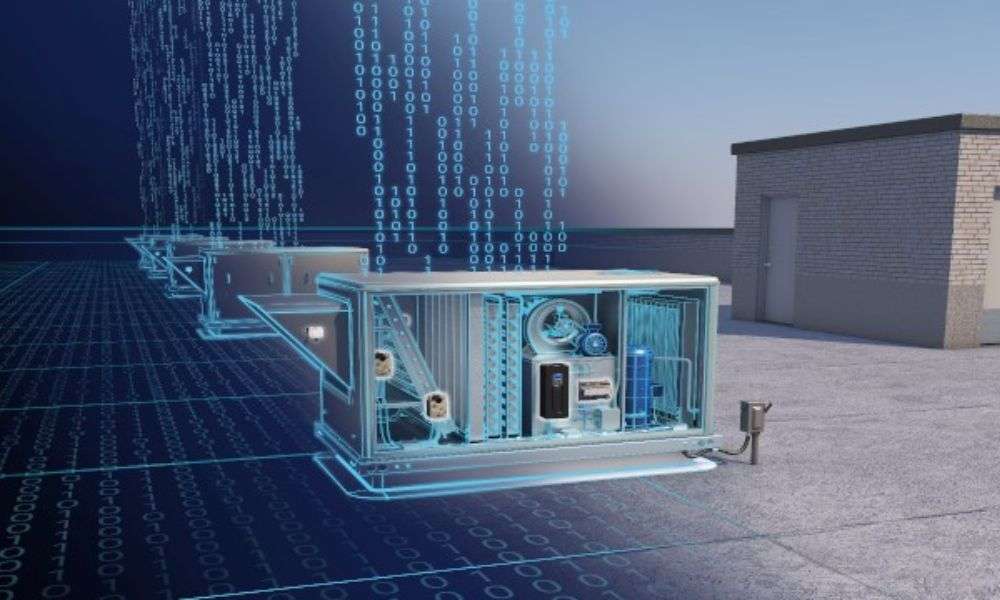In the world of Heating, Ventilation, and Air Conditioning (HVAC), ensuring optimal performance is crucial. One modern approach that has gained significant attention is HVAC vibration analysis with AI. This method leverages artificial intelligence to enhance the accuracy and efficiency of vibration analysis, which is fundamental in diagnosing and maintaining HVAC systems.
The integration of AI into HVAC systems is not only innovative but also indispensable for industry professionals. Understanding how AI can be used to analyze vibrations in HVAC systems can lead to improved performance, significant cost savings, and enhanced reliability. This article explores how AI is revolutionizing HVAC vibration analysis, providing insights for industry QA professionals.

What is HVAC Vibration Analysis?
Vibration analysis is a technique used to monitor the condition of machinery and predict potential failures. In HVAC systems, components like compressors, fans, and motors are prone to vibrations that can indicate wear and tear or impending malfunctions. Traditionally, this analysis required manual inspection and expertise.
However, with the advent of AI, the process of vibration analysis has become more streamlined and precise. AI algorithms can process vast amounts of data from sensors, identifying patterns and anomalies that might be missed by human inspectors. This capability is transforming how professionals approach predictive maintenance.
The Role of AI in Vibration Analysis
AI technologies, particularly machine learning and data analytics, are at the forefront of HVAC vibration analysis. These technologies can learn from historical data, predict future malfunctions, and offer maintenance suggestions. For example, AI can analyze the frequency and amplitude of vibrations, correlating them with specific types of mechanical issues.
Moreover, AI can continuously monitor HVAC systems in real-time, providing alerts when unusual vibrations are detected. This proactive approach not only prevents unexpected breakdowns but also extends the lifespan of HVAC equipment. By incorporating AI, companies can move from a reactive to a proactive maintenance strategy.
Benefits of AI-Powered Vibration Analysis
The benefits of using AI in HVAC vibration analysis are manifold. Firstly, it enhances accuracy, reducing the risk of human error. AI systems can detect subtle changes in vibration patterns that might be overlooked during manual inspections. This increased precision leads to better decision-making and more effective maintenance strategies.
Secondly, AI-driven analysis is faster. Manual vibration analysis can be time-consuming, but AI can process large datasets in seconds. This speed allows for immediate action, minimizing downtime and improving operational efficiency.
Cost savings are another significant advantage. By preventing unexpected breakdowns and optimizing maintenance schedules, companies can reduce repair costs and extend the lifespan of their HVAC systems. Additionally, AI can help in energy efficiency by ensuring all components operate optimally.
Applications in Industry
Many industries are already reaping the benefits of AI in HVAC systems. For instance, in manufacturing, AI-driven vibration analysis is used to maintain optimal environmental conditions, thus ensuring product quality. Similarly, commercial buildings use AI to enhance comfort and reduce energy consumption.
Organizations can also integrate AI with other technologies, such as IoT (Internet of Things) devices, to create a comprehensive maintenance ecosystem. This integration allows for real-time data collection and analysis, providing a holistic view of the HVAC system’s health.
Challenges and Considerations
Despite its advantages, implementing AI in HVAC vibration analysis comes with challenges. One significant hurdle is the initial cost of AI technology and sensor installation. Companies must weigh these costs against the long-term benefits of reduced maintenance expenses and improved system performance.
Data privacy and security are also concerns. As AI systems require access to large amounts of data, ensuring this data is protected from breaches is paramount. Organizations must implement robust cybersecurity measures to safeguard sensitive information.
The Future of HVAC Vibration Analysis
The future of vibration analysis in HVAC systems is undoubtedly intertwined with AI advancements. As AI technology continues to evolve, its capabilities in analyzing complex patterns and generating actionable insights will only improve. Future innovations may include more sophisticated AI algorithms and enhanced sensor technologies, further refining predictive maintenance strategies.
Moreover, as more industries adopt AI, there will likely be increased collaboration and knowledge sharing, leading to even more innovative solutions and applications in HVAC systems.
Conclusion
In conclusion, HVAC vibration analysis with AI represents a significant leap forward in system diagnostics and maintenance. By harnessing the power of AI, industry professionals can achieve greater accuracy, efficiency, and cost savings. Despite the challenges, the benefits of AI integration far outweigh the drawbacks, making it a valuable tool for any organization looking to maintain optimal HVAC performance.
For more on how AI is reshaping HVAC systems, you can visit AI-based Airflow Analysis and HVAC Predictive Maintenance with AI. Additionally, this article provides insights into the broader impact of AI on residential HVAC systems.

FAQs
How does AI improve HVAC vibration analysis?
AI improves HVAC vibration analysis by increasing accuracy, speed, and efficiency. It processes data quickly, detecting patterns and anomalies that might be missed by manual inspection.
What are the cost implications of implementing AI in HVAC systems?
While the initial cost of implementing AI and sensors can be high, the long-term savings from reduced maintenance costs and energy efficiency often justify the investment.
Can AI detect all types of HVAC issues?
AI is highly effective at detecting many common HVAC issues related to vibrations and performance. However, it is most effective when used in conjunction with traditional maintenance practices.
This article contains affiliate links. We may earn a commission at no extra cost to you.
